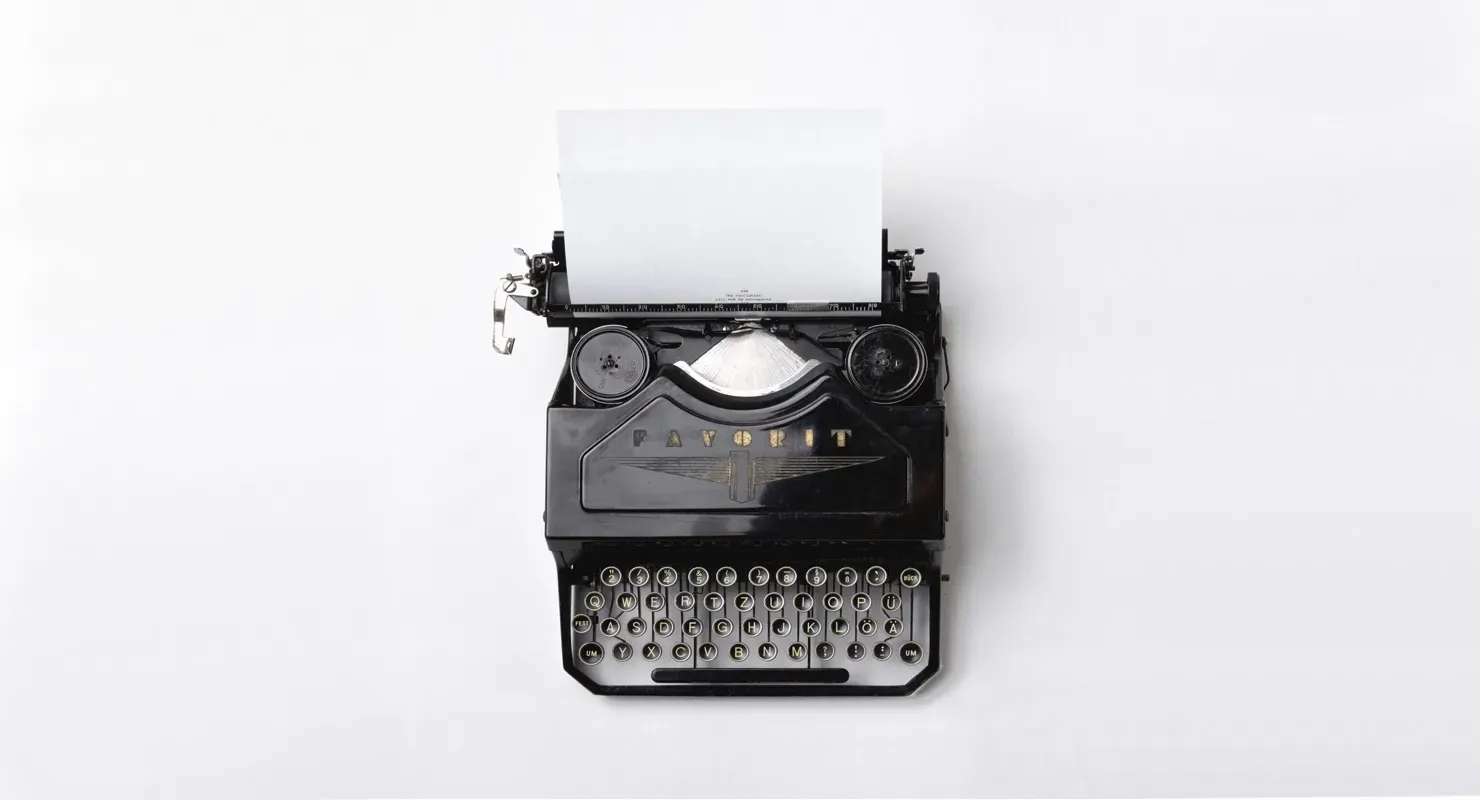

In today’s fast-paced world, productivity has become a crucial aspect of our professional lives. As we seek ways to optimize our efficiency and manage our time effectively, it’s fascinating to discover that a century-old technique still holds remarkable relevance. Let’s Ping Pong Go explore this topic in more detail with the Ivy Lee Method below, a productivity approach that has stood the test of time and continues to offer valuable insights for modern professionals.
The Ivy Lee Method, dating back to 1918, is a simple yet powerful productivity technique that has proven its effectiveness for over a century. Named after its creator, Ivy Lee, a prominent productivity consultant of his time, this method was initially introduced to help executives at Bethlehem Steel Corporation improve their efficiency.
At its core, the Ivy Lee Method is based on a straightforward principle: prioritize and focus on the most important tasks. The method consists of six simple steps that can be implemented by anyone looking to boost their productivity:
1. At the end of each workday, write down the six most important tasks you need to accomplish the following day.
2. Prioritize these tasks in order of their true importance.
3. When you arrive at work the next morning, concentrate only on the first task. Work until the first task is finished before moving on to the second task.
4. Approach the rest of your list in the same fashion. At the end of the day, move any unfinished items to a new list of six tasks for the following day.
5. Repeat this process every working day.
6. If you can’t complete all six tasks, don’t worry. Focus on completing the most important ones and transfer the rest to the next day’s list.
The beauty of the Ivy Lee Method lies in its simplicity and effectiveness. By forcing you to prioritize and focus on a limited number of tasks, it helps eliminate the overwhelm and decision fatigue that often plague modern professionals.
While the Ivy Lee Method was conceived in an era of typewriters and paper memos, its principles are remarkably adaptable to our digital age. Here’s how you can apply this time-tested technique in today’s work environment:
Instead of using pen and paper, you can leverage digital task management tools to implement the Ivy Lee Method. Apps like Todoist, Asana, or Trello allow you to create and prioritize daily task lists, making it easy to carry over unfinished items to the next day. These digital platforms also offer the advantage of accessibility across multiple devices, ensuring you can review and update your priorities wherever you are.
The Ivy Lee Method pairs exceptionally well with time-blocking, a popular modern productivity technique. By allocating specific time slots to your prioritized tasks, you can enhance your focus and ensure you dedicate sufficient time to each item on your list. This combination of prioritization and time management can significantly boost your efficiency and output.
In the era of remote and hybrid work, the Ivy Lee Method offers a structured approach to maintaining productivity outside the traditional office environment. By clearly defining your daily priorities, you can create a sense of routine and purpose, even when working from home. This structure can help combat the distractions and lack of boundaries that often challenge remote workers.
While originally designed for individual use, the Ivy Lee Method can be adapted for team productivity. Team leaders can encourage members to share their top priorities for the day, fostering transparency and alignment. This practice can help teams focus on the most critical tasks and reduce time spent on less important activities.
Read more: Kaizen at Work: Continuous Improvement for Everyday Tasks
The enduring success of the Ivy Lee Method can be attributed to several psychological principles that align well with how our brains function and process information. Understanding these principles can help us appreciate why this simple technique remains so powerful:
One of the key benefits of the Ivy Lee Method is its ability to combat decision fatigue. By determining your priorities the night before, you eliminate the need to make decisions about what to work on when you start your day. This preservation of mental energy allows you to dive straight into your most important task with full focus and clarity.
Psychologists have long recognized that too many choices can lead to paralysis and reduced productivity. By limiting your daily focus to just six tasks, the Ivy Lee Method leverages the power of constraints. This limitation helps prevent overwhelm and encourages more efficient decision-making and task completion.
The method’s emphasis on completing one task before moving to the next taps into the psychological principle known as the Zeigarnik Effect. This effect states that people remember uncompleted or interrupted tasks better than completed ones. By focusing on one task at a time and seeing it through to completion, you create a sense of closure and momentum that can propel you through your day.
Having a clear, prioritized list of tasks can significantly reduce stress and anxiety related to work. The Ivy Lee Method provides a structured approach to tackling your workload, offering a sense of control and direction that can be particularly beneficial in high-pressure work environments.
Read more: How to Use OKRs to Stay Aligned and Productive at Work
While the Ivy Lee Method is powerful in its simplicity, combining it with modern productivity tools and techniques can further enhance its effectiveness. Here are some ways to augment the method for even greater productivity:
The Pomodoro Technique, which involves working in focused 25-minute intervals followed by short breaks, can be seamlessly integrated with the Ivy Lee Method. By applying the Pomodoro approach to each task on your prioritized list, you can maintain high levels of focus and avoid burnout throughout the day.
Artificial Intelligence has made significant strides in the realm of productivity. AI-powered assistants can help you analyze your work patterns, suggest optimal times for tackling certain tasks, and even help prioritize your daily list based on learned preferences and deadlines. While these tools shouldn’t replace the core simplicity of the Ivy Lee Method, they can provide valuable insights to refine your approach.
Consistency is key to making the Ivy Lee Method work, and habit-tracking apps can help ensure you stick to the routine. Apps like Habitica or Streaks can gamify the process of consistently prioritizing and completing your daily tasks, making the method more engaging and sustainable in the long term.
Incorporating mindfulness practices alongside the Ivy Lee Method can further enhance your focus and productivity. Brief meditation sessions at the start of your day or between tasks can help clear your mind and maintain the sharp focus required to tackle your prioritized list effectively.
As we navigate the complexities of modern work life, the enduring relevance of the Ivy Lee Method serves as a testament to the power of simplicity in productivity. By focusing on what truly matters and eliminating distractions, this century-old technique continues to offer a path to enhanced efficiency and reduced stress in our fast-paced digital world.
Whether you’re an office worker juggling multiple projects, a freelancer managing diverse clients, or a remote worker seeking structure in your day, the Ivy Lee Method provides a solid foundation for productivity. Its principles of prioritization, focus, and consistency align perfectly with our current understanding of effective work habits and psychological well-being.
As we’ve explored, the method’s adaptability allows it to be seamlessly integrated with modern tools and techniques, from digital task managers to AI-powered assistants. This flexibility ensures that the Ivy Lee Method remains not just relevant, but highly effective in addressing the productivity challenges of the 21st century.
In conclusion, the Ivy Lee Method offers a timeless approach to productivity that can significantly impact your professional life. By embracing its principles and adapting them to your unique work style and environment, you can unlock new levels of efficiency, reduce stress, and achieve a greater sense of accomplishment in your daily.